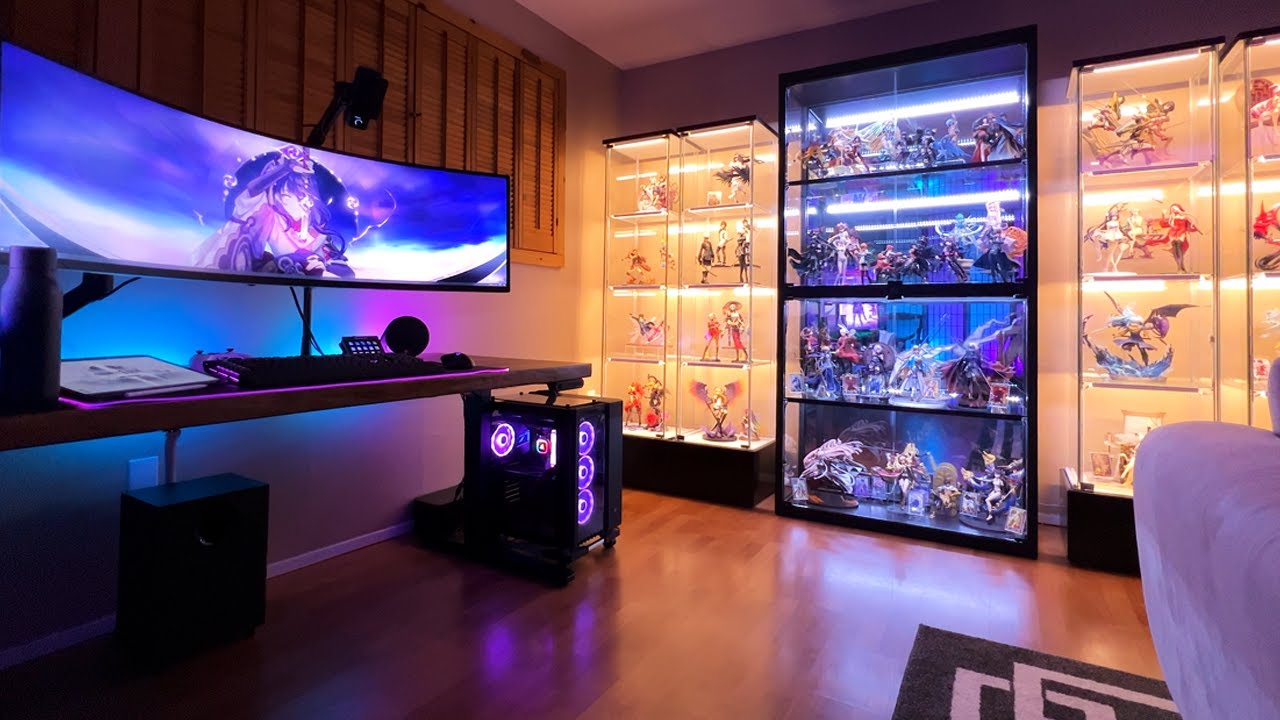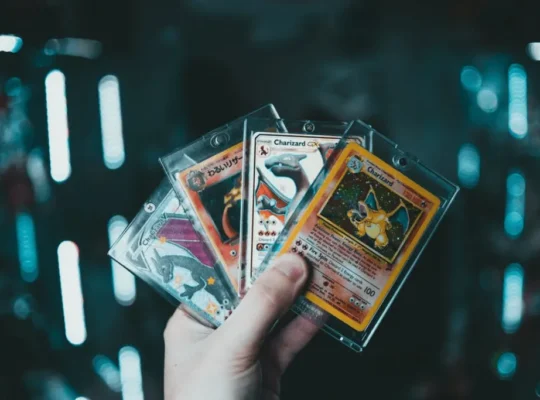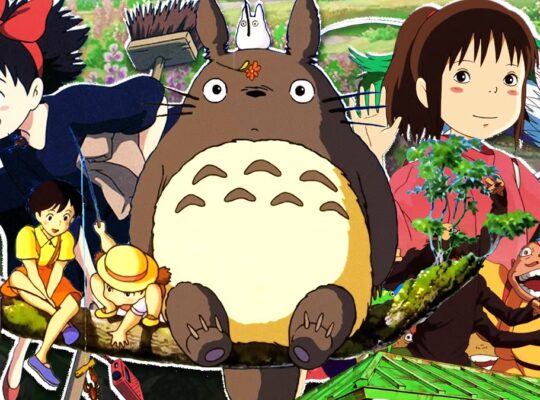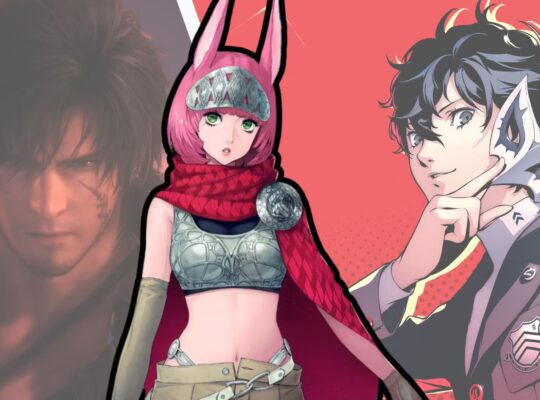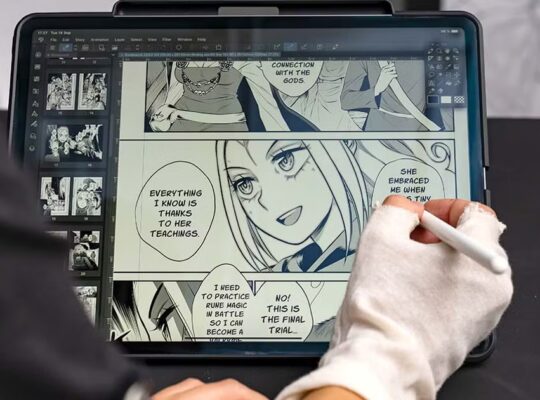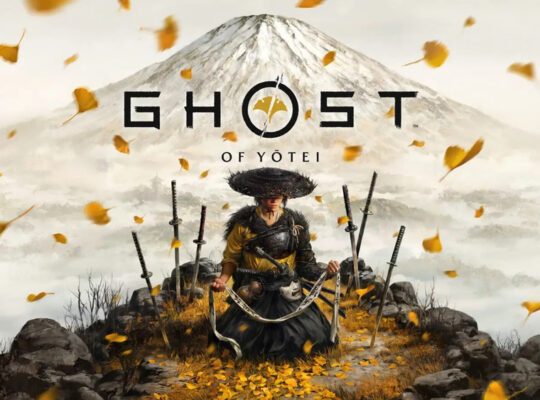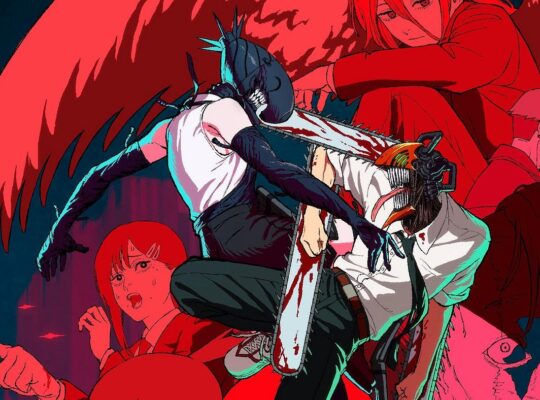There’s something magical about owning a piece of the worlds we love. Maybe it’s that first Naruto headband from middle school, a rare Pokémon card pulled from a booster pack, or a collector’s edition game still sealed on your shelf. Once seen as a quirky obsession, collecting has become a proud part of geek identity – something fans display, trade, and share with pride. What used to be a niche hobby tucked away in comic shops has evolved into a global culture that connects millions of anime, manga, and video game lovers.
From Basement Hobby to Mainstream Cool
Not long ago, “collectors” were seen as eccentric fans with overflowing closets and shelves. Today, they’re trendsetters. The shift began in the 2000s as conventions like Comic-Con, Anime Expo, and Gamescom made fandoms public celebrations rather than private obsessions. What used to be hidden away in basements is now proudly shown off online.
Streaming platforms like Netflix and Crunchyroll brought anime to global audiences, while video game franchises like Final Fantasy, Zelda, and Halo turned limited editions into cultural events. Suddenly, collecting wasn’t just cool – it was mainstream.
Now, collectors share their setups and shelves on social media, turning personal hobbies into creative expressions. Whether it’s a minimalist display of figures or a wall-to-wall shrine to One Piece, collecting has become a form of storytelling.
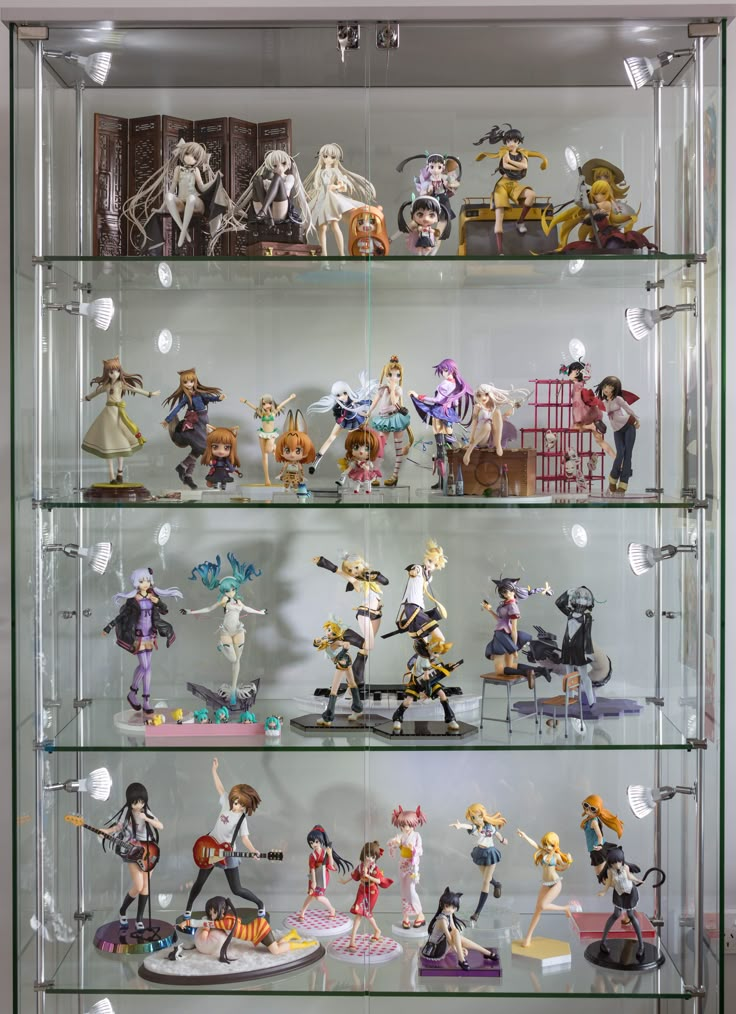
The Anime and Gaming Collector Boom
Anime and gaming fandoms have driven a massive collector renaissance. Japanese pop culture has always celebrated the joy of owning small pieces of big worlds – model kits, figures, and character goods are as much a part of anime culture as the shows themselves.
Western fans quickly followed suit. The global success of Funko Pop! figures, Pokémon trading cards, and special-edition consoles has made collecting feel like a shared international language. Every collector has their niche – Gundam builders who treat model kits like art, RPG fans chasing steelbook editions, or manga readers who pride themselves on a complete shelf of Attack on Titan.
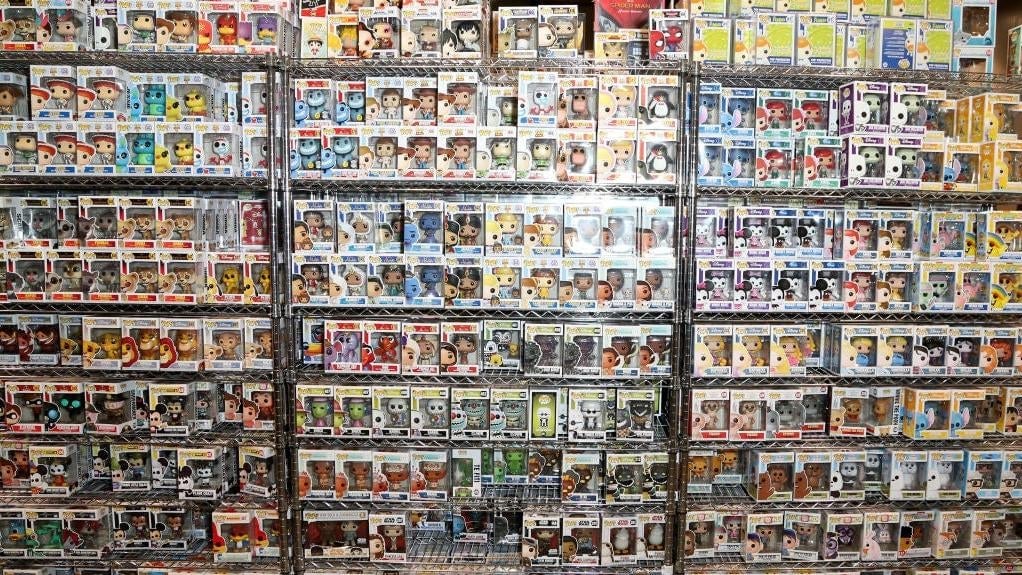
Game studios and anime distributors have learned to feed this passion. Collector’s editions often include art books, figurines, or exclusive skins, turning purchases into experiences. Owning something physical connects fans to the emotional heart of their favorite stories.
Social Media and the “Showcase Culture”
Social media transformed collecting into a community movement. On TikTok, “shelf tours” and “hauls” rack up millions of views. YouTube collectors film unboxings of $300 statues, while Instagram pages dedicated to setup aesthetics inspire fans worldwide.
Collecting is no longer a solitary passion – it’s a shared performance of love for the things we enjoy. Fans trade tips, share restoration hacks for retro consoles, and hunt together for rare items online.
Platforms like Reddit and Discord have turned fandoms into marketplaces of creativity and connection, where one person’s prized Dragon Ball figure sparks hundreds of stories about childhood memories.
The Emotional Side of Collecting
Behind every collectible lies a memory. Maybe it’s the first manga volume you bought with your own money, or that time you waited in line at midnight for a game release. For many, these items aren’t just objects – they’re time capsules of joy, nostalgia, and identity.
Collecting allows fans to hold on to the feelings that stories evoke. It’s why a slightly worn Game Boy or a faded Sailor Moon poster feels priceless. These items become markers of who we were when we fell in love with these worlds and who we’ve become as those worlds grew with us.
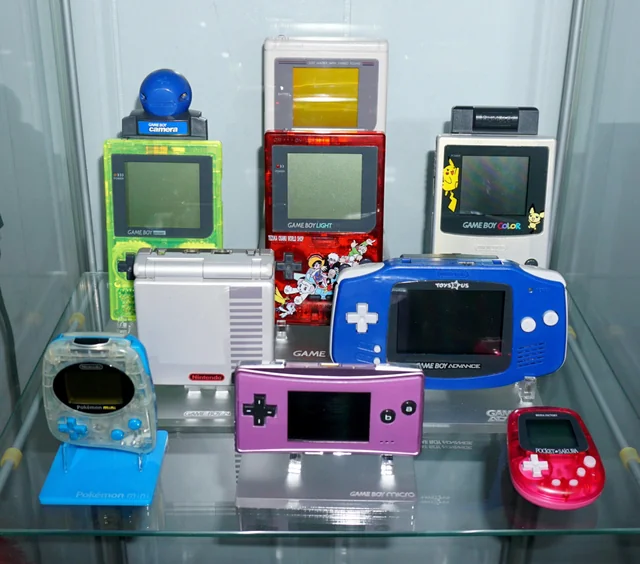
The Future of Collecting
The next wave of geek collecting may look very different – but it’s still powered by the same passion. Digital collectibles, virtual art, and in-game items are changing what it means to “own” something. Fans can now curate digital libraries of achievements, badges, and avatars just as proudly as physical shelves.
3D printing and fan-made merch are also reshaping the scene, giving creators new tools to design their own collectibles. And as anime and gaming worlds expand into virtual reality, the line between physical and digital ownership continues to blur.
What won’t change is the emotion behind it all – the love, nostalgia, and creativity that make collecting a true geek superpower.
Conclusion
Collecting has always been about more than stuff – it’s about connection. It connects fans to stories, to moments in their lives, and to one another. Whether your shelf holds five Funko Pops or fifty limited editions, each item tells a story of who you are as a fan.
So next time you dust off your collection, take a moment to appreciate it. You’re not just gathering objects – you’re celebrating a piece of the culture that made you fall in love with being a geek in the first place.

